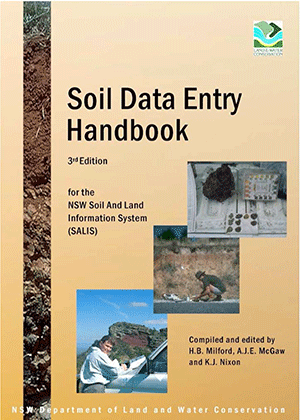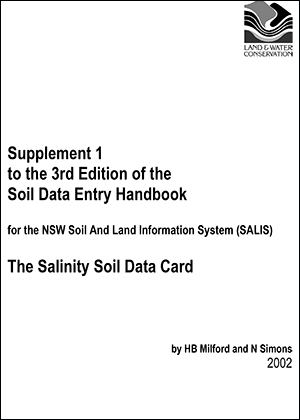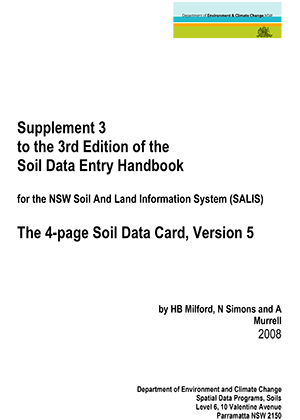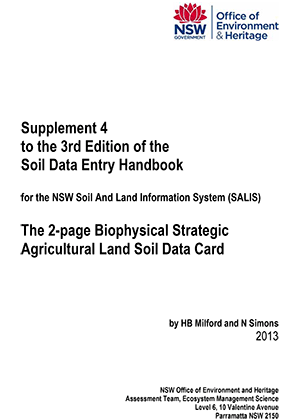The Soil and Land Information System (SALIS) is a large database of information collected over many years by earth scientists and other technical experts. It contains descriptions of soils, landscapes and other geographic features, and is used by the NSW Government, other organisations and individuals to improve planning and decision-making for natural resource management. The database is constantly updated as new information on the State's soil resources becomes available.
What does SALIS contain?
SALIS contains two major types of soil and land information:
- Soil profiles: these are observations of landscape and soil features at a particular point on the land surface. Each observation may include assessments of landform, geology, hydrology, native vegetation, land use, and land and soil degradation, as well as a description of the soil itself, plus laboratory test results (if collected). There are over 73,000 soil profiles currently recorded, of which about two-thirds are publicly available.
- Soil and landscape mapping: mapping and describing the landscapes and soils of NSW has been carried out under various programs and organisations since the 1980s. The Department of Climate Change, Energy, the Environment and Water continues this activity with the long-term aim of providing a complete high-quality coverage of the State.



































